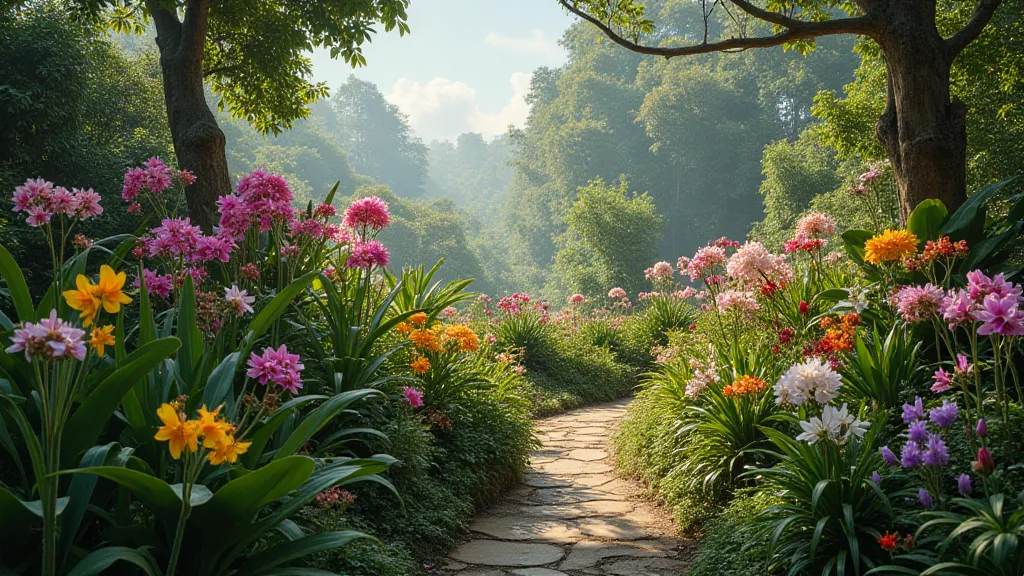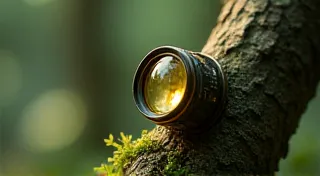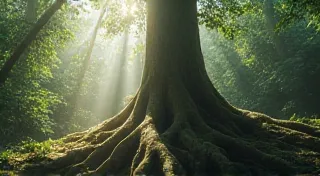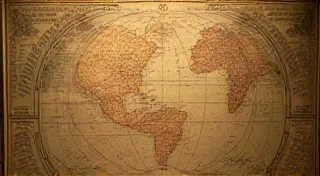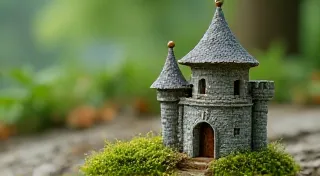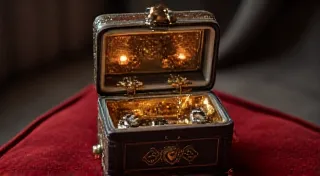Fractured Reflections: The Ethics of Orchid Collecting and Conservation
The hushed reverence felt when encountering a Bulbophyllum Elizabeth Ann 'Buckleberry', its tiny, intricately folded blooms resembling miniature sculptures, is a feeling known to many orchid enthusiasts. The allure of rare orchids is undeniable, a siren song to those captivated by botanical beauty. But beneath the surface of this fascination lies a complex and often troubling truth: the pursuit of rarity has historically fueled unsustainable collecting practices, leaving a trail of ecological damage and raising profound ethical questions. This isn’t just about flowers; it’s about our responsibility to the natural world and the legacy we leave for future generations.
My own journey into the world of orchids began, as so many do, with an appreciation for the commonplace. Phalaenopsis – the ubiquitous moth orchid – was my introduction. Then, a friend, a seasoned collector, showed me a Paphiopedilum rothschildianum, the ‘Rothschild’s Slipper’. It was an experience akin to encountering a lost masterpiece. Its extraordinary size, the intricate patterns on its petals, the sheer rarity – it captivated me. I understood then, on a visceral level, the power of orchids and the intense desire to possess a piece of that wild beauty. But the story behind it wasn’t pretty.
The Rothschild’s Slipper, endemic to the forests of Mount Kinabalu in Borneo, was nearly driven to extinction through relentless poaching. Collectors, often operating with little regard for the long-term consequences, stripped the mountain bare, leaving fragmented populations and shattered ecosystems in their wake. This wasn't an isolated incident; it was a pattern replicated across orchid hotspots globally, from Madagascar to the Amazon basin. The early 20th and late 20th centuries witnessed a frenzy of orchid collecting, driven by Victorian-era botanical curiosity and the emerging hobbyist market. Expeditions were launched, often poorly funded and lacking scientific oversight, focused solely on acquiring specimens for wealthy collectors and commercial nurseries.
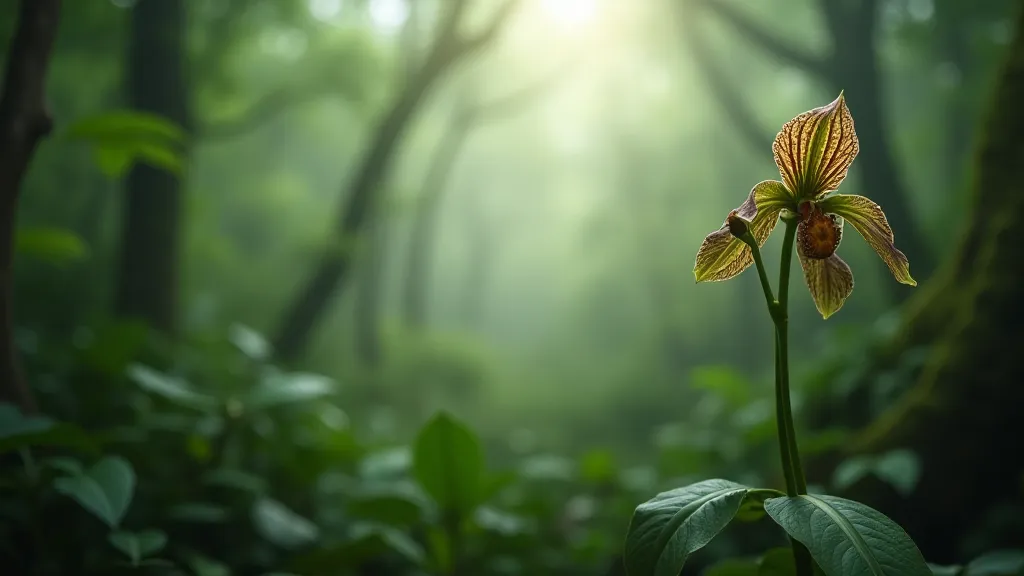
A Dark History, A Lingering Shadow
The legacy of this era is complex. While the Victorian collectors undoubtedly contributed to our understanding of orchid diversity, their methods were often devastating. Many species were collected to the point of near extinction before scientists even had the chance to fully document them. The commercialization of orchids intensified the problem. Demand for novelty drove unsustainable harvesting, often ignoring the impact on the fragile ecosystems they inhabited. Today, while legal protections and conservation efforts have made significant strides, the shadow of this history still lingers. The damage done is slow to heal, and the threat of illegal poaching remains a constant concern.
It's easy to point fingers, to condemn the actions of those who prioritized personal gain over environmental responsibility. But I’m increasingly aware of the uncomfortable truth that we, as modern enthusiasts, are also implicated. Our desire for rare orchids, even when acquired through legitimate channels, indirectly contributes to the ongoing pressures on wild populations. The market, even a regulated one, creates a demand that can incentivize unsustainable practices.
The Responsibilities of Collectors and Growers
So, what is the ethically responsible path for the modern orchid collector and grower? It begins with education. Understanding the origins of your orchids, knowing whether they were sourced sustainably, and being aware of the conservation status of the species you cultivate is paramount. Seeking out nurseries that prioritize ethical sourcing, propagation from seed, and active participation in conservation programs is a crucial step. Supporting organizations dedicated to protecting orchid habitats and combating illegal trade is another. There’s a growing movement within the orchid community promoting ‘responsible collecting’ – a practice that prioritizes propagation over wild harvesting, advocates for habitat preservation, and actively discourages the trade in illegally sourced orchids.
My own approach has shifted dramatically over the years. The initial thrill of acquiring a rare specimen has been tempered by a deeper sense of responsibility. I now focus almost exclusively on cultivating orchids propagated from seed, often through Tissue Culture (TC) techniques. TC allows for the mass production of plants from a single source, drastically reducing the need to collect from the wild. It also allows for the creation of “clonal” lines, which are genetically identical, allowing breeders to work towards improving traits like disease resistance and flower size without impacting wild genetics.
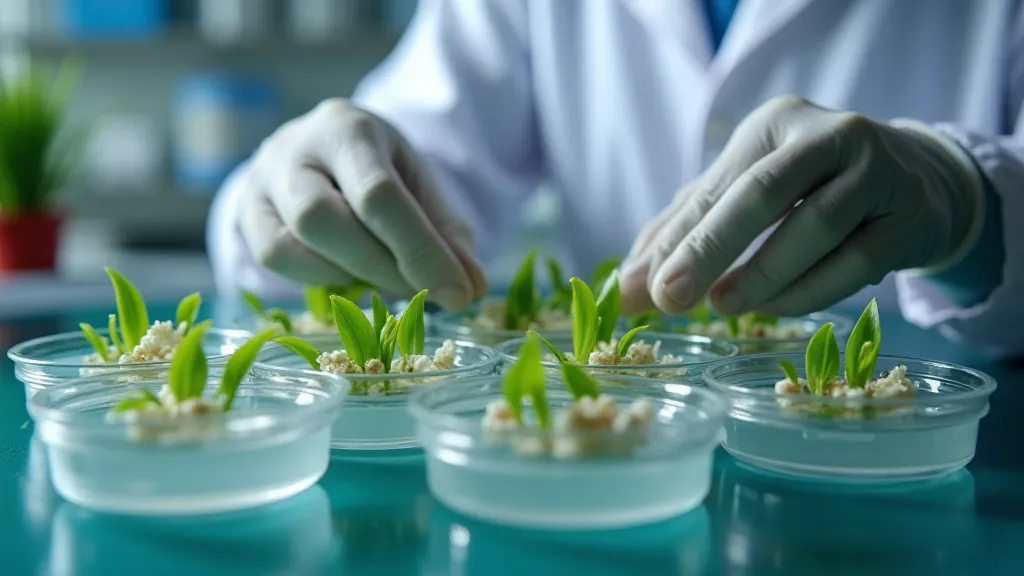
Conservation Beyond the Nursery
However, the ethical responsibility extends far beyond the nursery bench. Orchid conservation is not solely the domain of botanists and conservation organizations; it requires a broader societal commitment. Supporting sustainable development initiatives in orchid-rich regions is vital. These initiatives can provide alternative livelihoods for local communities, reducing their reliance on unsustainable harvesting practices. Raising awareness about the importance of orchid conservation through education and outreach programs is also crucial. We need to foster a deeper appreciation for the value of these incredible plants, not just for their beauty, but for the vital role they play in their ecosystems.
The recent, focused effort to reintroduce the Dendrophylax lindenii, the Ghost Orchid, in Florida is a compelling example. The plant, almost wiped out by habitat loss and climate change, is now being carefully propagated and reintroduced into its native habitat. This kind of intervention requires significant investment and collaborative effort, but it offers a glimmer of hope for the future.
A Future Rooted in Respect
The allure of rare orchids is undeniable, and the passion for collecting and cultivation is a beautiful thing. But that passion must be tempered by a deep sense of ethical responsibility. The fractured reflections of our past actions – the near extinction of species, the destruction of habitats – serve as a stark reminder of the consequences of unchecked desire. Moving forward, we must embrace a future rooted in respect – respect for the natural world, respect for the communities who steward these incredible ecosystems, and respect for the legacy we leave for generations to come. It's a journey of continuous learning, adaptation, and a profound re-evaluation of what it truly means to be an orchid enthusiast. Let us cultivate not just extraordinary flowers, but a sustainable and ethical relationship with the wild beauty that inspires us.
